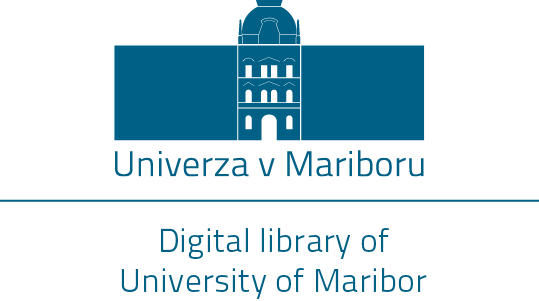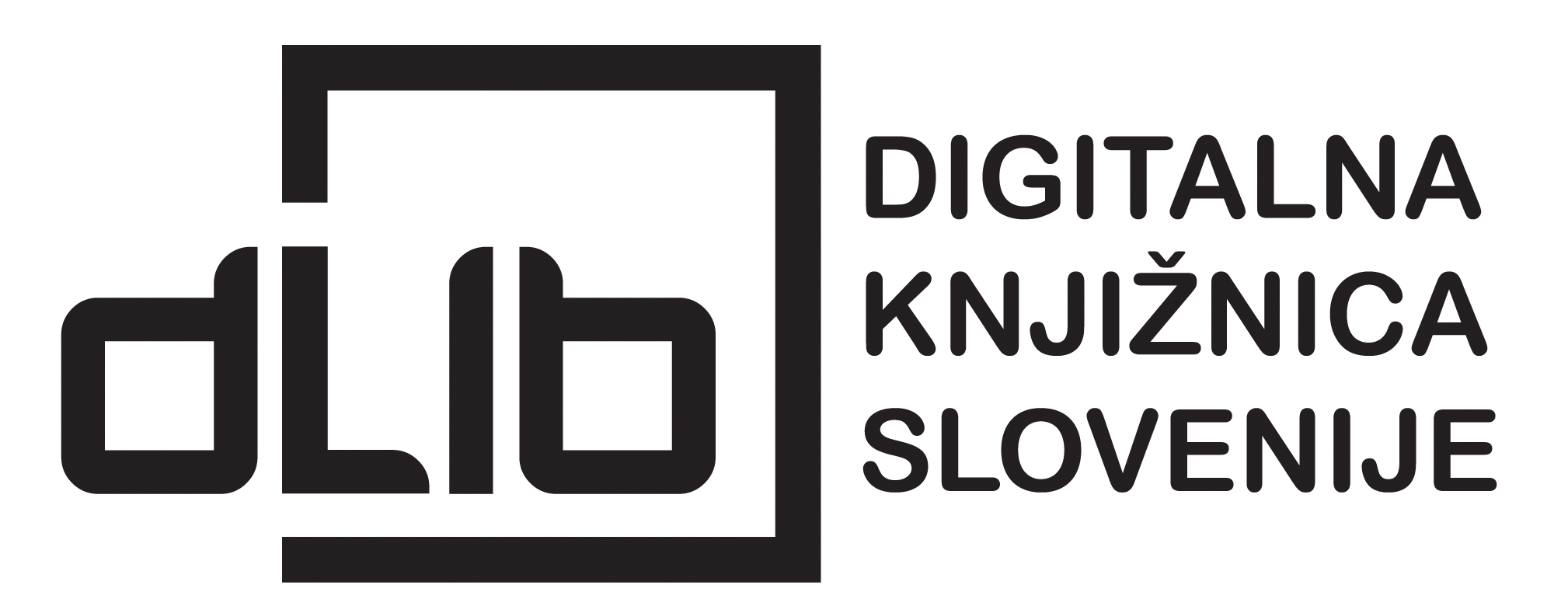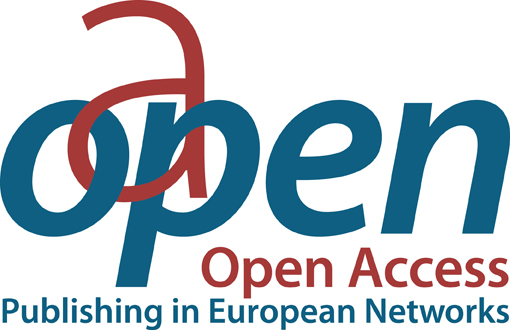Folk Dances as a Means of Cultural Awareness
Synopsis
For centuries, folk dances have been a valuable part of the cultural heritage and identity of different nations, reflecting values, customs, and stories. Dances are not merely a physical activity but also a means of connecting with and understanding diverse cultures. The inclusion of folk dances in school events, as well as in the activities of folklore groups and festivals worldwide, contributes to the preservation of cultural heritage and facilitates intercultural integration. Festivals under the auspices of organizations such as COIFF, in particular, promote understanding and acceptance of other cultures. In Slovenia, folk dances are taught in primary schools using techniques such as demonstration, repetition, and dancing to music. Through this approach, dances like the polka, kolo, and waltz remain a vibrant part of the cultural tradition, preserved for future generations.







